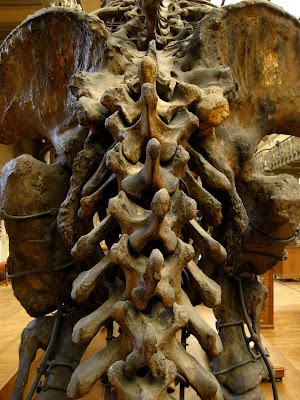






























To me, buildings can have a beautiful silence that I associate with attributes such as composure, self-evidence, durability, presence, and integrity, and with warmth and sensuousness as well; a building that is being itself, being a building, not representing anything, just being.
The sense that I try to instill into materials is beyond all rules of composition, and their tangibility, smell, and acoustic qualities are merely elements of the language we are obliged to use. Sense emerges when I succeed in bringing out the specific meanings of certain materials in my buildings, meanings that can only be perceived in just this way in this one building.
When I concentrate on a specific site or place for which I am going to design a building, when I try to plumb its depths, its form, its history, and its sensuous qualities, images of other places start to invade this process of precise observation: images of places I know and that once impressed me, images of ordinary or special places places that I carry with me as inner visions of specific moods and qualities; images of architectural situations, which emanate from the world of art, or films, theater or literature.
-Peter Zumthor
Tonight, I was more than impressed.
